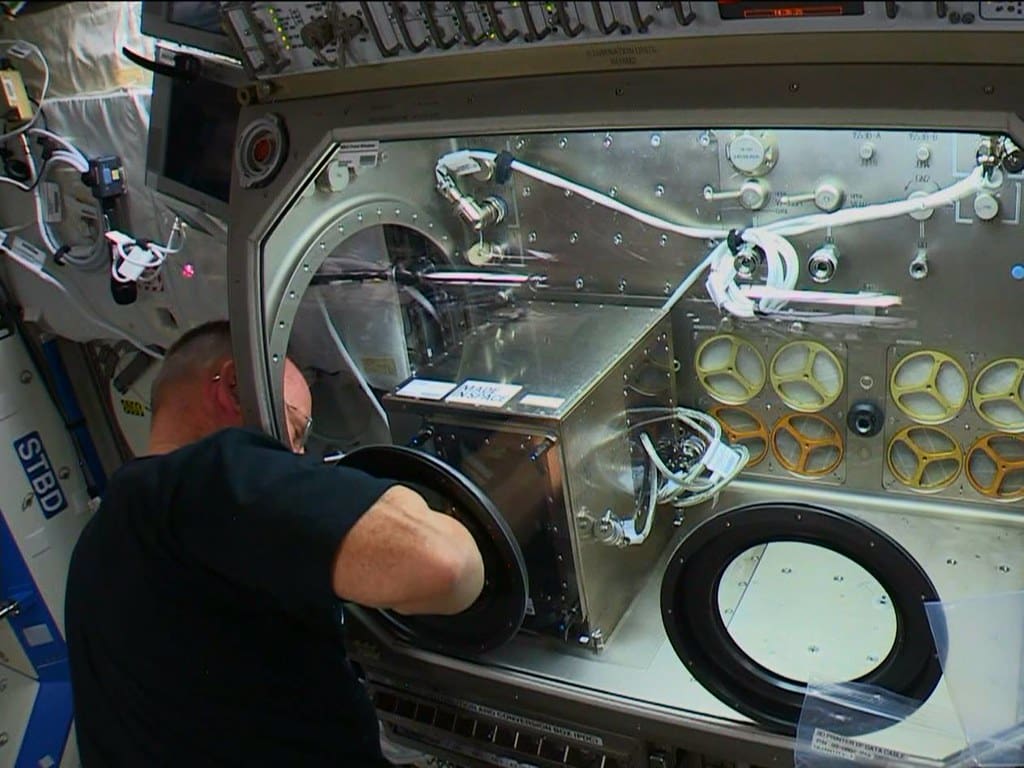The intersection of 3D printing and spacecraft manufacturing represents a profound shift in how space agencies and private aerospace companies approach the design, production, and deployment of space vehicles and infrastructure. Also known as additive manufacturing, 3D printing offers unique advantages in creating complex, lightweight structures essential for the extreme demands of space travel. This technology is not only revolutionizing the way spacecraft are built but also enhancing the feasibility and efficiency of long-term space missions, including potential colonization efforts on other planets.
The Emergence of 3D Printing in Spacecraft Manufacturing
3D printing has transitioned from prototyping to playing a crucial role in the manufacturing of functional spacecraft components. Innovations in 3D printing technologies and materials have enabled the production of parts that meet the stringent requirements of space travel, such as extreme temperature fluctuations, vacuum conditions, and the need for minimized launch weight. These advancements have empowered engineers to reimagine traditional aerospace design paradigms and push the boundaries of what is possible in spacecraft construction.

Advantages of 3D Printing in Spacecraft
Weight Reduction: One of the primary benefits of 3D printing in spacecraft manufacturing is significant weight reduction. The ability to create lattice structures and hollow components results in lighter parts that reduce overall launch weight and fuel consumption, a critical factor in space travel economics.
Complex Geometries: 3D printing excels at producing complex geometries that traditional manufacturing methods cannot achieve. These capabilities allow for the integration of intricate cooling channels, optimized structural components, and advanced propulsion elements directly into spacecraft designs.
Material Efficiency and Sustainability: Additive manufacturing minimizes waste by using only the material necessary to build a part. This efficiency is crucial in reducing costs and environmental impact, aligning with the sustainability goals of space missions.
Customization and Rapid Iteration: 3D printing facilitates the quick production of customized parts, enabling rapid design iterations based on testing feedback. This adaptability is particularly advantageous for bespoke spacecraft components and experimental technology development.
Key Applications of 3D Printing in Spacecraft
Engine and Propulsion Systems: Several components of rocket engines, including injectors, combustion chambers, and nozzles, are now being fabricated using 3D printing. These parts benefit from the high precision and ability to withstand extreme temperatures offered by advanced metal printing techniques.
Structural Components: The structural elements of spacecraft, such as brackets, panels, and supports, can be designed to have high strength-to-weight ratios with 3D printing. This not only enhances the structural integrity of spacecraft but also optimizes interior space.
Satellite Components: Small satellites, particularly CubeSats, are utilizing 3D printed parts to optimize space utilization and functionality. These satellites often incorporate custom mounts, chassis, and other structural components made from lightweight polymers and metals.
Life Support and Habitat Modules: For long-duration space missions and habitation projects, 3D printing is being explored to create complex life support systems and modular habitat structures. This includes air ducts, water systems, and other critical habitat infrastructure.

Challenges in 3D Printing for Spacecraft
Despite its potential, the application of 3D printing in spacecraft faces several challenges:
Material Performance: The materials used in 3D printing must consistently perform under the harsh conditions of space. This includes resistance to radiation, extreme temperatures, and mechanical stress.
Certification and Standardization: Ensuring that 3D printed spacecraft components meet rigorous spaceflight certification standards is both challenging and essential. The industry requires standardized testing protocols for these new manufacturing processes.
Scalability and Reliability: Scaling 3D printing processes for mass production while ensuring the reliability of every printed component is crucial, particularly as the use of these parts expands from experimental to critical applications.
Future Directions in 3D Printing for Spacecraft
The future of 3D printing in spacecraft manufacturing looks promising, with ongoing advancements likely to address current limitations. Innovations in printing technologies, materials science, and digital design are expected to further enhance the capabilities and reliability of 3D printed spacecraft components. Additionally, the potential for in-space manufacturing—a concept where spacecraft parts are printed directly in space—could revolutionize the logistics of space exploration and habitation.
3D printing is set to continue its transformative impact on spacecraft manufacturing, offering new levels of efficiency, customization, and innovation. As the technology progresses, it promises to unlock new possibilities in spacecraft design and functionality, reducing the barriers to more ambitious space missions and ultimately supporting the human exploration and colonization of outer space.








